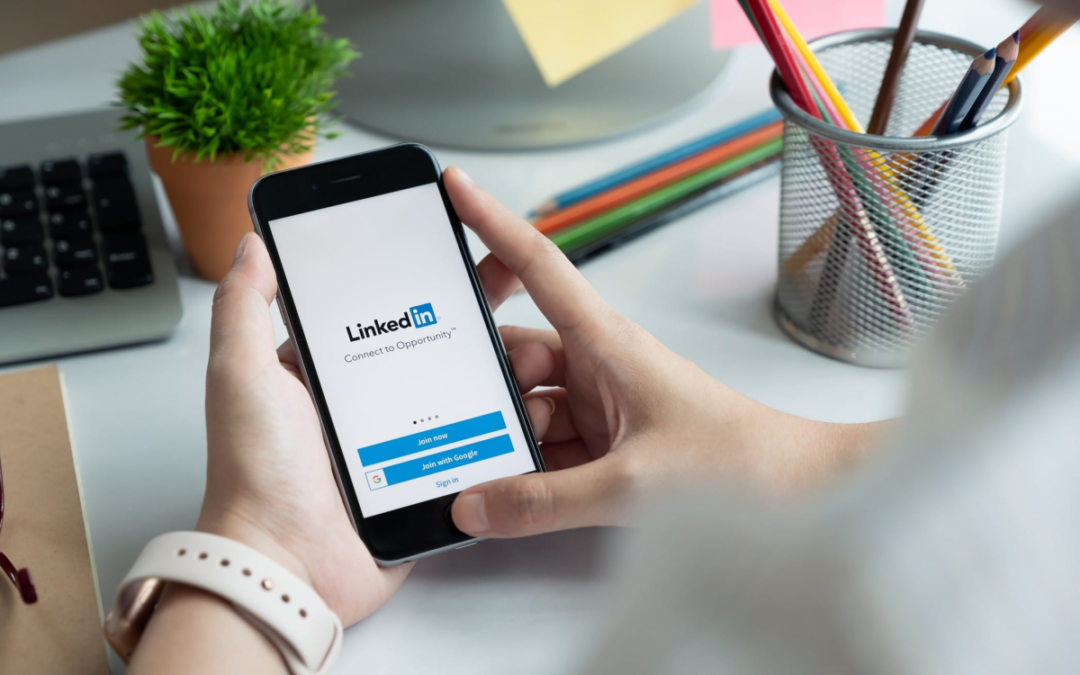Data privacy has been a very hot topic as of late. Social media giant Facebook has recently been embroiled in multiple conflicts related to data privacy or lack thereof for its close to 3 billion users. Earlier this year, Facebook paid $650 million to settle a privacy lawsuit that was related to Facebook’s use of biometric data such as photo face-tagging without its users’ consent. A recent iOS update also introduced Apple’s App Tracking Transparency feature, which allows users of Apple devices to have more control over which apps track their activity and gives Apple users the option to disable ad tracking within their apps. This update was introduced in response to criticisms of Apple’s data privacy policies. These difficult and complex situations with Facebook and Apple are just two examples of widespread data privacy issues that tech companies are having to navigate in order to maintain—or, in some cases, earn back—the trust of consumers who use their products or platforms. Let’s look at LinkedIn’s privacy-friendly approach to data moving forward.

While LinkedIn’s privacy does use some third-party data, they rely primarily on first-party data
LinkedIn is an American social media network that focuses primarily on professional networking and career development. It is one of the biggest online social networking platforms—it is home to more than 750 million users and more than 57 million businesses. In response to the contemporary changes and conflicts related to data privacy, the social media network LinkedIn has implemented multiple new data collection processes that are designed to protect the privacy of this social media network’s users. LinkedIn’s primary goals are to continue to help maximize the success of their marketers’ targeted ad campaigns while also keeping users’ data safe and private. Keep reading to learn more about LinkedIn’s privacy-friendly approaches to data.
The Use of First-Party Data
LinkedIn prides itself on abstaining from the use of data that stems from users’ activity that is outside of or unrelated to LinkedIn itself. While LinkedIn does use some third-party data, they rely primarily on first-party data and are working toward restricting their use of third-party data even further. First-party data is any information that a company gathers directly from their customers, whereas third-party data is information that is purchased from a company by other companies in order to help these purchasing companies maximize the success of their targeted advertising campaigns.
Most social media platform users are much more comfortable with first-party data collection than third-party data collection. By ramping up their use of first-party data collection and severely limiting their third-party data collection, LinkedIn also successfully circumvents Apple’s new App Tracking Transparency feature that gives app users the opportunity to disallow third-party data tracking by any given app. This is because LinkedIn automatically owns the first-party data it collects due to the fact that this information is provided to them directly by their users and is not purchased from a different company or collected from an external source.
LinkedIn has recently launched Group Identity for B2B, which involves the leveraging of first-party data to LinkedIn users that are categorized into groups based on factors such as seniority and industry and does not require individual-level tracking across different sites and platforms. The preliminary phases of this unique approach to digital marketing have proven to be very successful at targeting and retargeting audiences with relevant ad campaigns.
Machine Learning
LinkedIn has also begun using artificial intelligence and machine learning models to measure campaign conversion, which occurs when a LinkedIn user responds to an advertisement’s call-to-action rather than simply ignoring and not engaging with the ad in the first place.
So far, LinkedIn has reported that the machine learning models they have developed are able to estimate and measure campaign conversions very accurately without violating the privacy of LinkedIn users.
A Work in Progress
LinkedIn is in the process of devising new data collection strategies and revising its current strategies for the good of both its users and the marketers who run targeted ad campaigns through LinkedIn. Some of these privacy-focused data collection and campaign tracking features are still currently only available for a limited group of LinkedIn marketers.
Data privacy is a difficult world to navigate, and it will undoubtedly take time for LinkedIn to work out the kinks in their new and updated data collection strategies. Until then, LinkedIn users and advertisers will have to be patient with this employment-oriented online social networking platform as experts at LinkedIn continue their attempts to determine how best to satisfy both their users and their advertisers.


Recent Comments